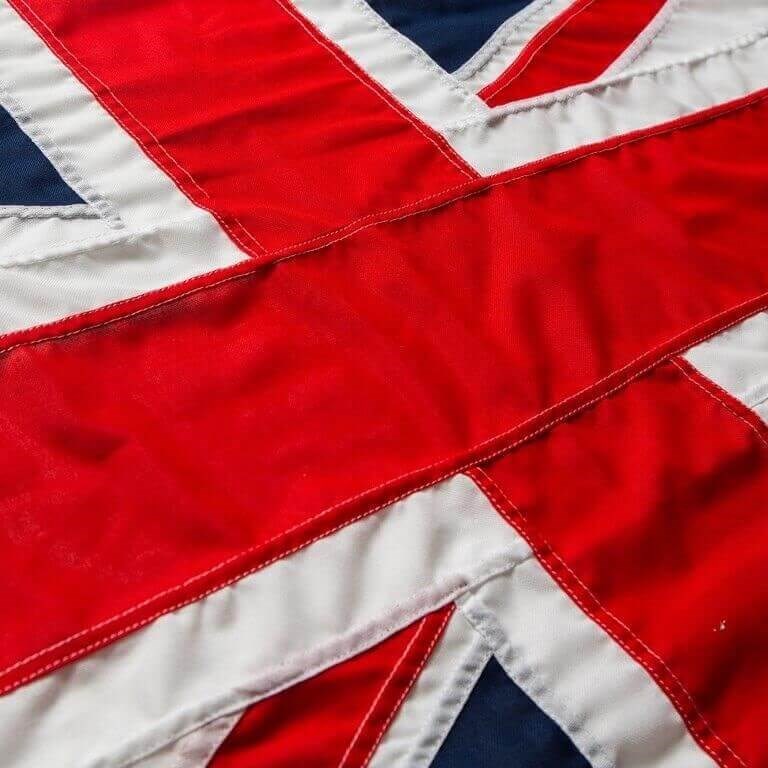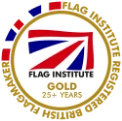With its bright colours and significant meaning, the Rainbow Flag is a symbol recognised all over the world to represent the LGBTQ+ communities. It’s a symbol of hope, unity and empowerment to allow love to be love regardless of gender, ethnicity or labels. But where did this renowned flag come from? And how was the design chosen?
The original Pride Flag originates from San Francisco Activist Gilbert Baker, who desired to create an emblem of pride for the gay community. In 1978 the Rainbow Flag was created, as Baker recognised that a flag is one of the most significant aspects of identity, and wanted his creation to be a unified symbol of gratification for all those who identify within these communities.
In England, homosexuality was decriminalised in 1967, with Scotland following in 1980, and Northern Ireland by 1982. Before this time, it was illegal to engage in ‘private homosexual acts’, and those caught or believed to be engaging in same-sex relationships could face imprisonment, public shame and a life-long criminal records. Society was homophobic, with those in same-sex relationships being stripped of their basic freedom to love the person they love and facing unfair discrimination and consequences if they were caught.
February is LGBTQ+ History Month. During this time, we remember the struggles faced by those in these communities, and the revolutionary fight for equality we’ve experienced over the last 5 decades. Simply keep reading to learn more about the flag that has played an important role in the fight for rights and the contributions made to arts, culture, politics, and more.
Simply keep reading to learn more.
What is the history of the Pride Flag?
Gilbert Baker, an activist from San Francisco, USA, designed this 8-stripe flag to represent the diversity of the LGBTQ+ community. At the request of Harvey Milk, the first openly gay elected official in the history of California, Gilbert was commissioned to create an image of pride for the gay community. Recognising that flags are one of the most important characteristics of self-identity, the design was printed onto a flag.
The flag was first revealed during the 1978 Gay Freedom Day Parade in San Francisco. However, due to colour shortages, the pink and turquoise stripes had to be removed from the flags design altogether, and the blue was amended to a different shade. It is this version of the flag that is famous around the world, and has since become an iconic representation of freedom, equality and unity.
The Gilbert Baker Design
Inspired by the lyrics of Judy Garland’s Over the Rainbow, and the designs used by other social movements such as black civil rights groups from the 1960s, the Rainbow Flag was created. Baker hand-dyed and hand sewed this flag which flew at the San Francisco Gay Freedom Day in June 1978.
Each colour stands for a different component of the community:
- Hot Pink – Sex
- Red – Life
- Orange – Healing
- Yellow – Sunlight
- Green – Serenity and Nature
- Turquoise – Art
- Indigo – Harmony
- Violet – Spirit
Whether you are looking to fly it from the top of a flagpole or out of your bedroom window, you can order your very own pride flag from Flagmakers and enjoy a high-quality hand sewn emblem of the LGBTQ+ community.
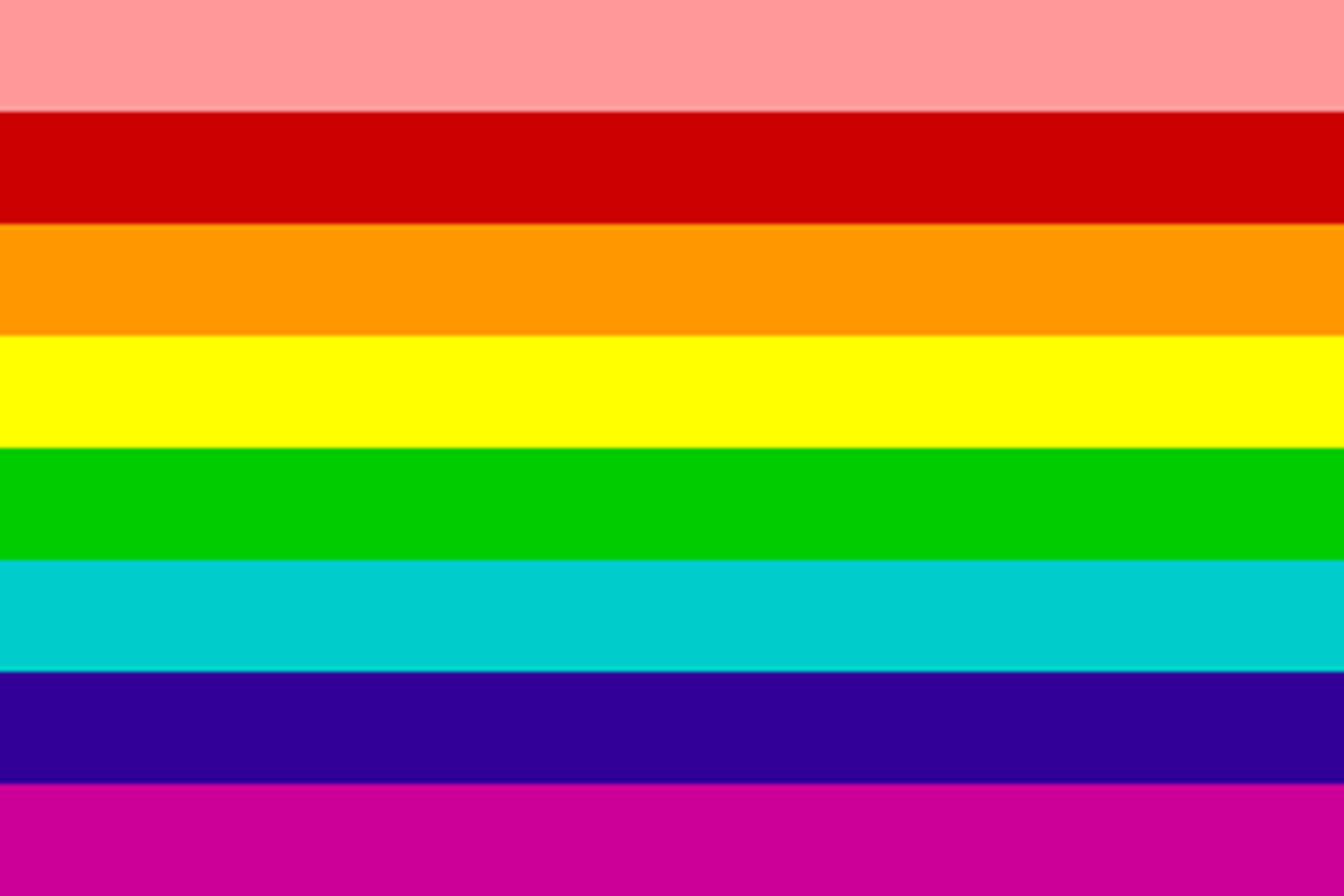
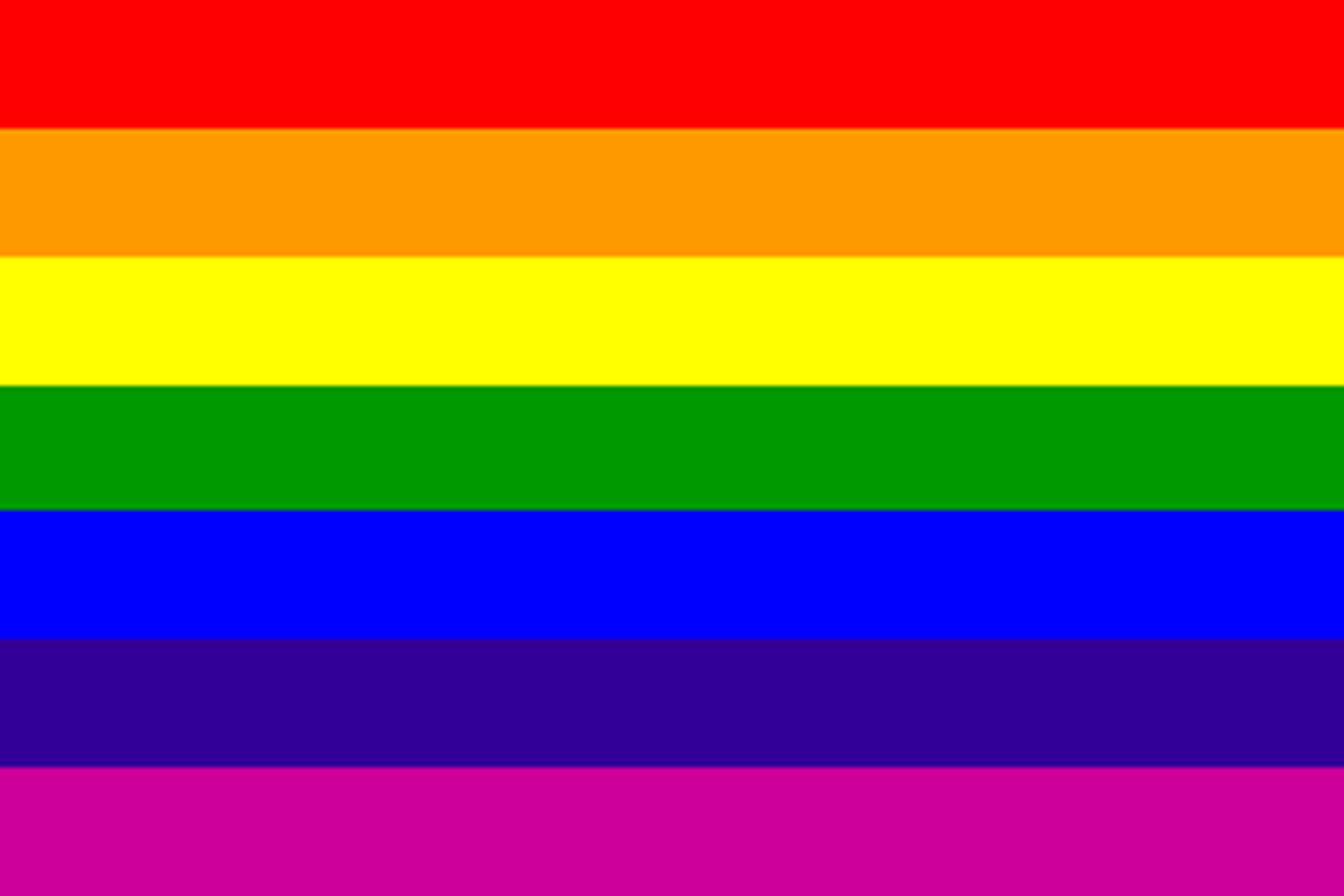
The 1978-1999 Pride Flag History
Following the assassination of Harvey Milk in 1978, many people and organisations adopted the Pride flag that he helped to introduce to the community. To commemorate his accomplishments and continue his efforts of equality and diversity, the flag was flown across San Francisco and entered mass production by the original designer, Gilbert Baker, and local business Paramount Flag Co.
The demand was so great for a rainbow striped flag, it was impossible for the 8-stripe design to be made in large quantities. Both Paramount and Baker struggled to obtain the hot pink fabric and so began manufacturing a 7-stripe version.
Traditional Gay Pride Flag
In 1979 the design was amended again. The community finalised this six-colour version and this is now the most familiar and recognisable design for the LGBT flag. Numerous complications over the odd number of stripes, including the desire to split the flag to decorate Pride parades, meant that one colour had to be dropped.
The turquoise and indigo stripes were combined to create a royal blue stripe and it was agreed that the flag should typically be flown horizontally, with red at the top, as it would be in a natural rainbow. This design continued to increase in popularity around the world, being a focal point of landmark decisions such as John Stout fighting for his right to fly the flag from his apartment balcony in 1989.
Click here to discover our hand-sewn Traditional Pride Flag.
View our LGBT Flag
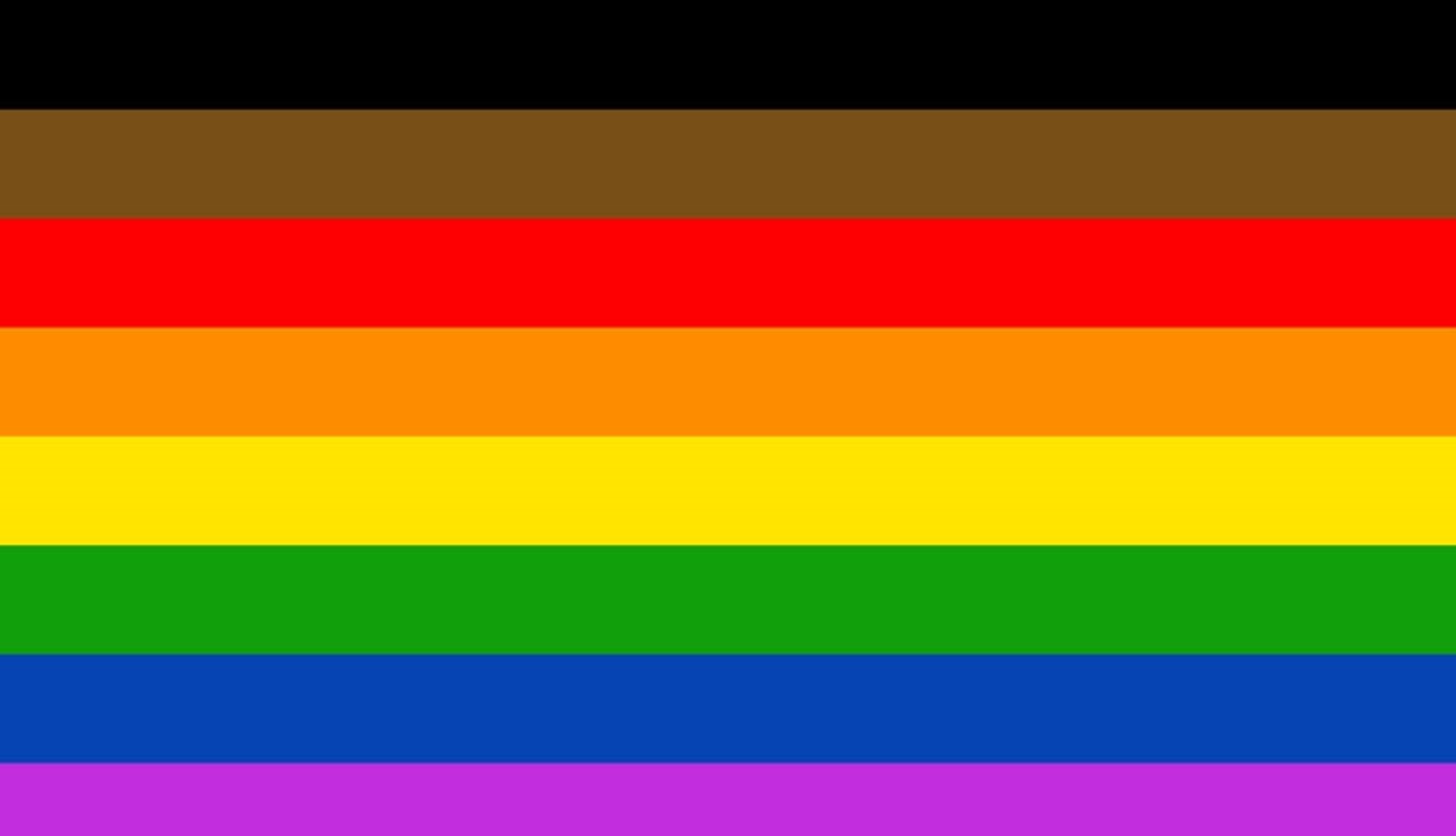
The Philadelphia 2017 Design
Recognising that people of colour are often not fully included by LGBTQ+ people, and often face further discrimination from within the community, the city of Philadelphia adopted an additional 2 stripes to the Pride flag. Black and brown were added at the top of the flag to represent the struggles and prejudices that queer people of colour face regularly.
Some activists and organisations criticised this redesign and believed that it created more unnecessary division within the community. Pride festivals across the world, including Manchester – United Kingdom, adopted the design in a bid to promote inclusion in the LGBTQ+ community, particularly after a 2018 study showed that 51% of BAME LGBTQ+ people have experienced racism within the gay community.
The Progress Pride Flag
In June 2018, designer and activist Daniel Quasar released an updated version of the Pride flag. Combining the new elements of the Philadelphia design and the Transgender flag to bring focus on further inclusion and progress. This new flag added a chevron to the hoist of the traditional 6-colour flag which represents marginalised LGBTQ+ communities of colour, those living with HIV/AIDS and those who’ve been lost, and trans and non-binary persons.
This design went viral and was quickly adopted by people and pride parades across the world. The arrow of the chevron points to the right to show forward movement, while being on the left edge shows that progress still needs to be made for full equality, especially for the communities the chevron represents.
View Our Progress Pride Flag here.
View Our Progress Pride Flag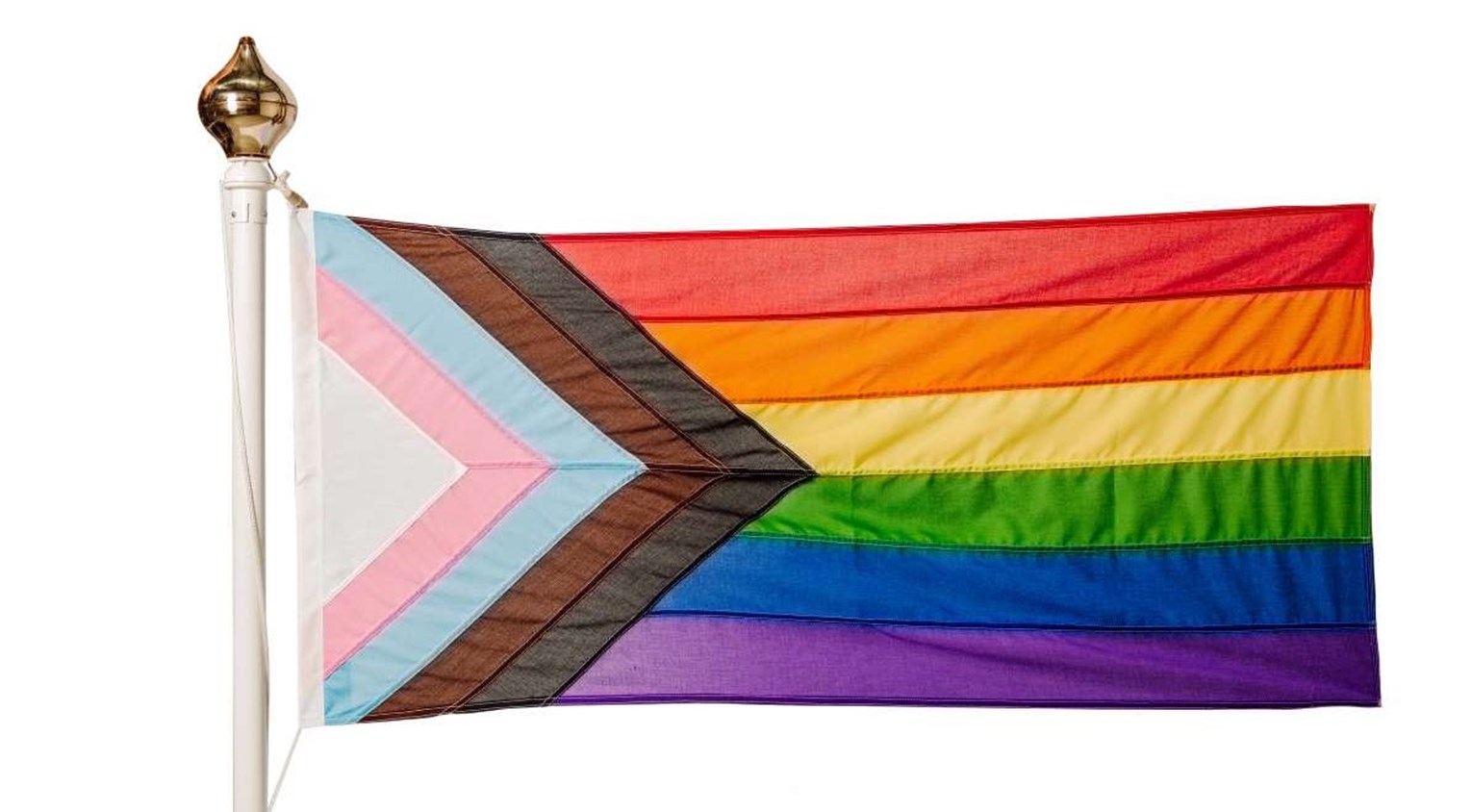
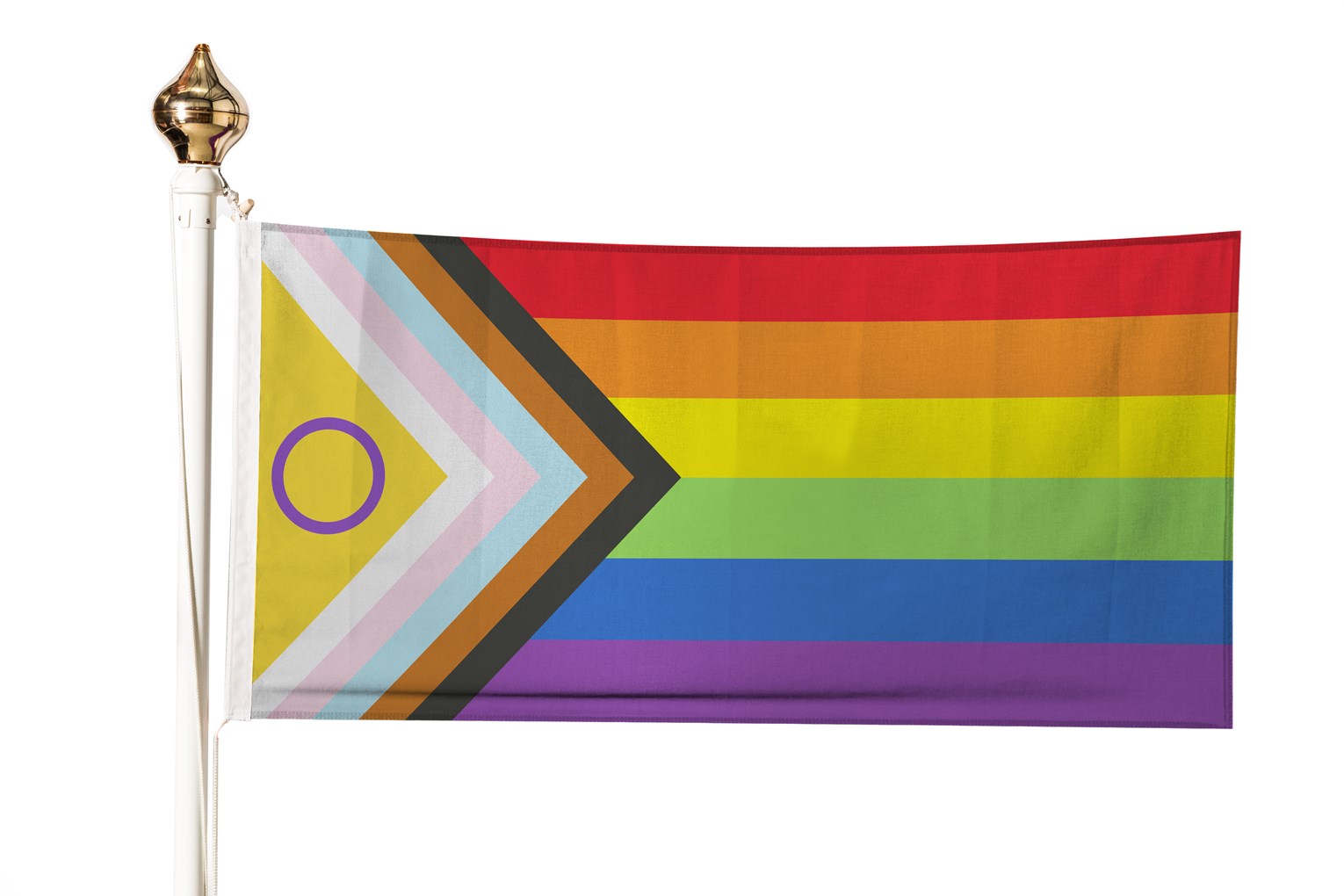
The Intersex Inclusive Progress Pride Flag
In 2021, Valentino Vecchietti of Intersex Equality Rights UK adapted the Pride Progress flag design to incorporate the intersex flag, creating the Intersex-Inclusive Pride flag 2021.
The intersex community uses the colours purple and yellow as an intentional counterpoint to blue and pink, which have traditionally been seen as binary, gendered colours. The symbol of the circle represents the concept of being unbroken and being whole, symbolising the right of Intersex people to make decisions about their own bodies.
Since its introduction in 2021, intersex people and allies from all over the globe have said it is bringing them joy to see intersex inclusion in the Pride Progress flag.
To learn more about the variety of Pride flags and their different meanings, simply read our useful blog.
Do you have more information about the evolution of the Pride flag? We’d love to learn more and share other flag facts with our readers. Feel free to contact us at info@flagmakers.co.uk
We’re proud to stock several different pride flags for various groups within the LGBTQ+ community. Order now and receive within 5 working days or contact us to personalise your flag with the name of your business, sports club, organisation and more.

